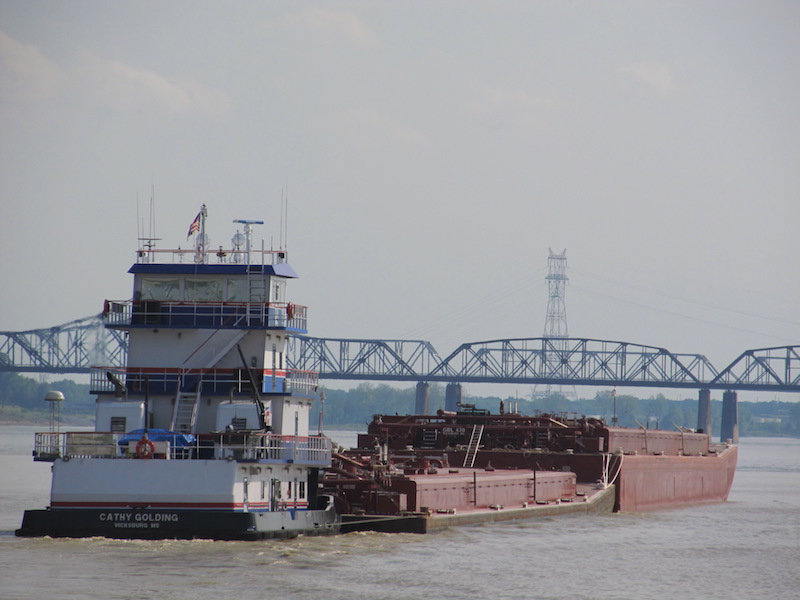If you’ve got a barge or two to spare, oil companies might come calling.
A glut of crude oil, caused by a collapse in world demand for things like gasoline and diesel fuel, has oil companies and traders scrambling for places to store their products until the coronavirus pandemic recedes and the global economy breathes new life.
While the world sinks more each day into recession and economic uncertainty, the oil industry is going down with it. Demand and consequently prices of oil are tanking, and earlier this week, U.S. oil prices went to negative for the first time on record.
The back story on this is that Russia and Saudi Arabia, two of the world’s biggest oil producers, had set off an oil price war that flooded the markets at exactly the wrong time. Meanwhile, a recent agreement among oil-producing nations to cut production has failed to address an oversupply of the black gold.
Some experts say the U.S. could run out of oil storage by May. Global storage capacity is estimated at 6.8 billion barrels, and is nearly 60% filled, energy experts told The New York Times recently. Global storage capacity could run out in June, some say.
This has sent the oil industry into a pandemic panic. Where are they going to put all this stuff until demand for transportation fuels returns and refineries are ready to take the crude off their hands?
Some have turned to oil tankers for storage, with the so-called supertankers that are big enough to hold two million barrels of oil in high demand. This has led to a doubling or more of the charter rates for the big vessels, up to $350,000 a day in some cases. Reuters reported that 60 supertankers have been chartered off the U.S. Gulf Coast and Singapore, in addition to many smaller tankers.
Closer to home, inland barge companies normally involved in moving crude and petroleum products along the river system are finding that they, too, can get paid to have barges filled with crude oil sit idle.
“Customers are looking for floating storage and areas in which to put their products, and they’re looking at everything including barges,” said Peter Stephaich, CEO of Pittsburgh-based Campbell Transportation Co. (CTC). CTC is a diversified marine transportation and services company that annually moves some 60 million tons of dry and liquid through the river system.
Campbell does not currently have any of its tank barges chartered as floating storage for oil, but many other operators have some capacity tied up in this trade and this is helping keep tank barge utilization high, said Kyle Buese, CTC’s president.
“This has offset some capacity that would have been returned due to weakness in other segments of the market,” Buese said. “The net impact from Covid-19 and the imbalance in the oil markets on the tank barge industry is hard to quantify at this point … certain segments remain tight on capacity, while others that are weakening are being offset by some recent demand for storage of crude.”
When markets for some commodities are soft, it’s not unusual for barges to shift to other uses.
“When times are good, barge companies do not want the barges to be used as storage,” J. Alan Barrett, director of consulting at Doane Advisory Services, Memphis, Tenn., told me. “The goal is to turn the barges. During a recession, using barges as storage reduces barge capacity and helps support barge rates.”
Oil storage is also another way the barge industry shows itself to be an essential business during this global pandemic.




